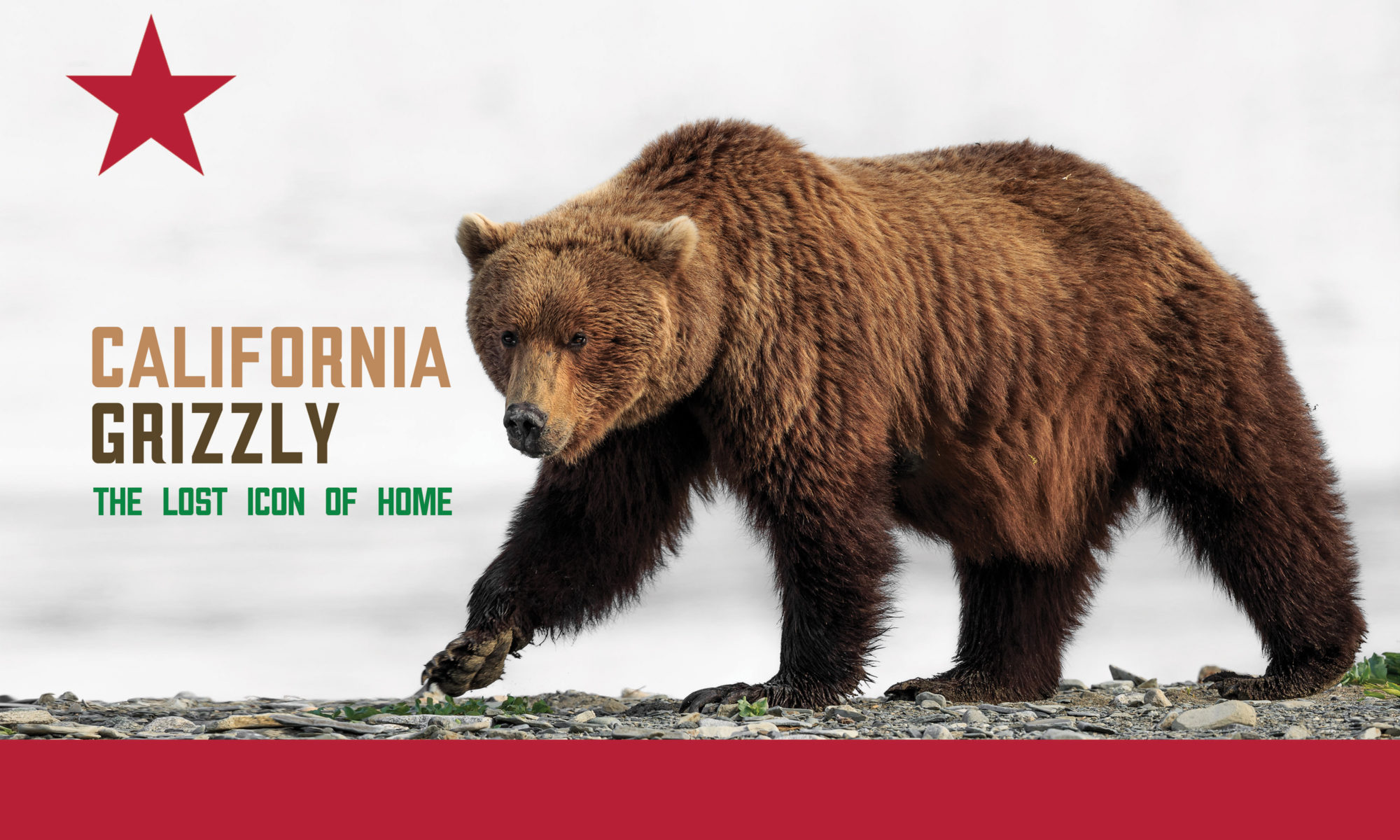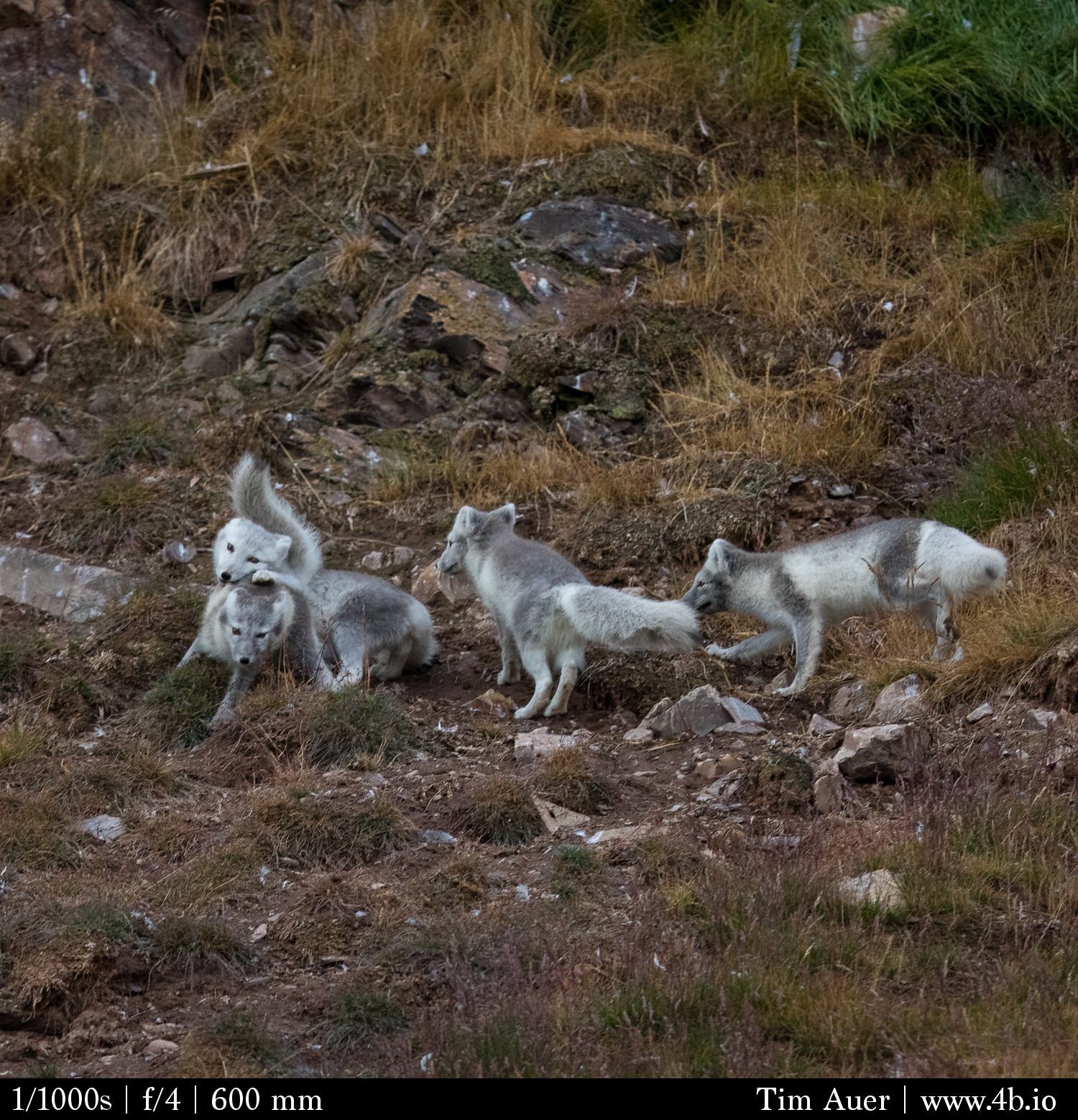The cliff of new life and brutal death:
The cycle? of life and death here was finer than anywhere else I have seen it.
It would have been worthwhile to linger by this cliff for more time than I did on August 20, 2015. It would have been even more worthwhile to return after a few days…
In terms of species, there were no photography “firsts” at the cliff. I have experienced bird cliffs before in Alaska and Norway where I spent many hours photographing the species that called this cliff home. Animals such as kittiwake gulls, glaucous gulls, arctic fox, and reindeer. However, the collective interactions I observed between these “cliff animals” paint a completely different picture from when each species is observed individually. Whether it was direct or indirect, intentional or accidental; all the wildlife living on the cliff were interconnected.
The bird cliff of new life and brutal death was in the Kongsfjord on the western coast of Svalbard. As we entered the fjord, we were greeted by a groggy polar bear with a bloody-brown snout, napping on a cliff. What had this bear been eating? A walrus carcass at the bottom of this cliff left no doubt as to the source of the blood. Sailing deeper into the fjord, a part of Ossian Sars Nature Reserve, we reached our ultimate destination, the ~70-100m tall bird cliffs.
Map location of Bird Cliff
My immediate goal for this location was to spot the prowling cliff predator: the arctic fox. Setting forth in the zodiacs, the conditions were mildly choppy, increasing the difficulty in handholding my 600mm lens. Expecting both bird and fox to be far and possibly high on the cliff, I used the 600mm with Jenna’s 7DII to give me 960mm equivalent. For much of the time, this focal length was perfect. However, there were times that the foxes were too close with that much reach!
Upon arrival to the cliff, we spotted some reindeer, a species that must be in the running for best camouflage, and another master of camouflage: the arctic fox. The foxes, with coats transitioning into its winter white, were prowling the cliff that was home to a kittiwake colony and its thousands of fledging kittiwakes.
With the steep cliff serving as the stage, we were moments away from a brutal demonstration of what life is like in the high arctic. In this performance, the interconnectivity of the terrestrial food web was clear, and each performer had a leading role.
First, a fledging kittiwake failed to clear the cliff’s sharp rocks and was injured in its leap. This attracted the attention of a glaucous gull, which viciously attacked the young bird, repeatedly grabbing it with its sharp bill and dropping it. This commotion alerted one of the foxes, which bounded down the cliff and made the grab. The fox ran back up the steep slope carrying the flailing bird back to its den. Which turned out to hold an arctic fox family including cubs. The family was playing and wrestling with each other, they were active. Then as the fox family retreated to their den to eat, or stash, the kittiwake, out of the corner of my eye I saw the most shocking thing of the day…
I heard this noise of crunching and wet thuds and looked up to see a large bull reindeer fall off the cliff we were watching. Its body got ripped apart as it bounced off the jagged rocks and fell all the way to the rocky beach (see photo below to see this cliff). It was absolutely shocking. I was able to catch it (with my eye) falling for most of the way down the cliff, and I could see how the rocks were shredding the skin on the poor animal’s body, snapping the antler and bones, and smearing blood over all of the rocks it made contact with on the path of its fall. As it was happening, I didn’t even think to grab my 70-200, which would have been the appropriate gear set-up to use for such a fast moving target, and instead let out a noise of disbelief at what was happening. After a few more seconds of shock, my mom, also in disbelief, asked me half-seriously “do you think it is dead?”. There was no doubt that it was dead. It was definitely a sad way for a big reindeer to die, but the positive is that the arctic fox family should benefit tremendously from such a bounty. And I am sure some polar bears will eventually find the carcass too. Nothing goes to waste in the arctic. (photo below shows the aftermath)
On my flight back to Oslo, while talking with another photographer that was on a different ship I learned that the fox family did indeed benefit from the fallen reindeer. Within 5 or 6 days after its fall, the reindeer was almost entire consumed, reduced to fur and bone.

